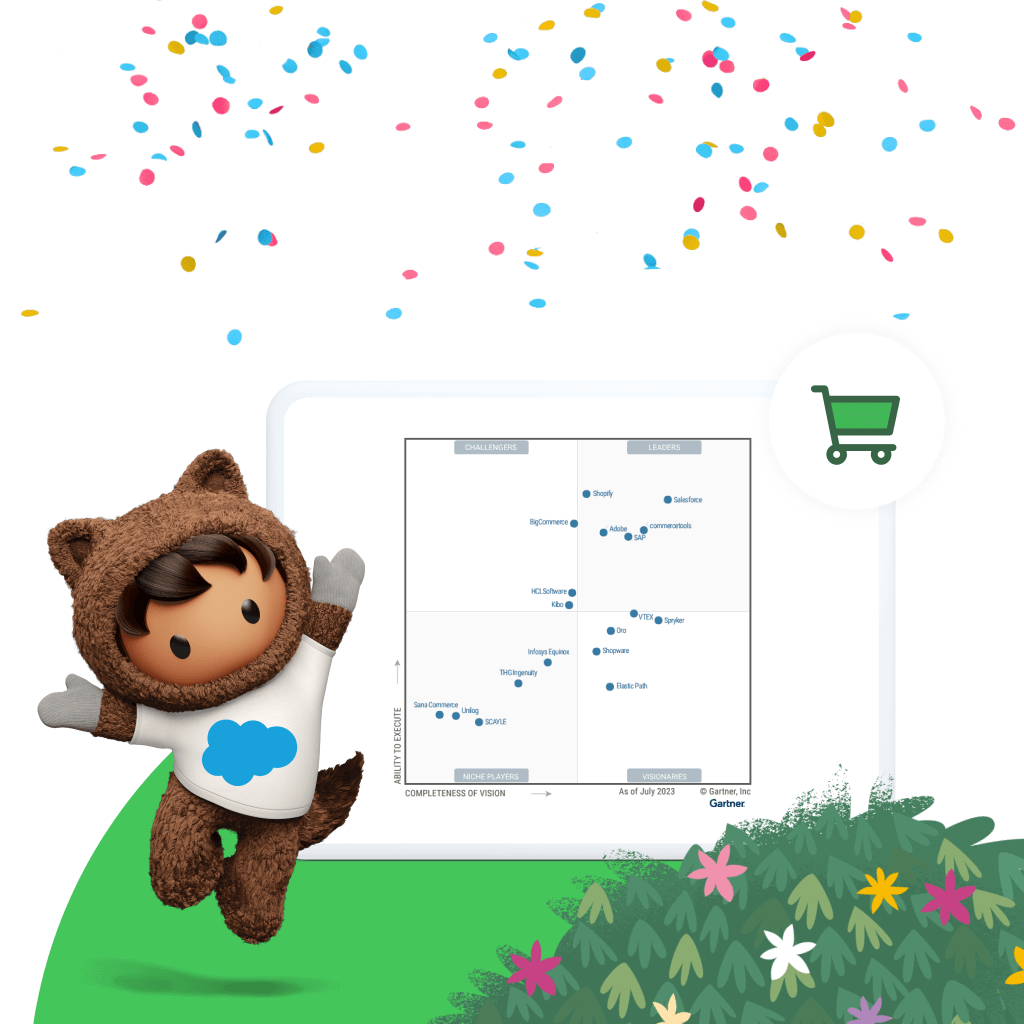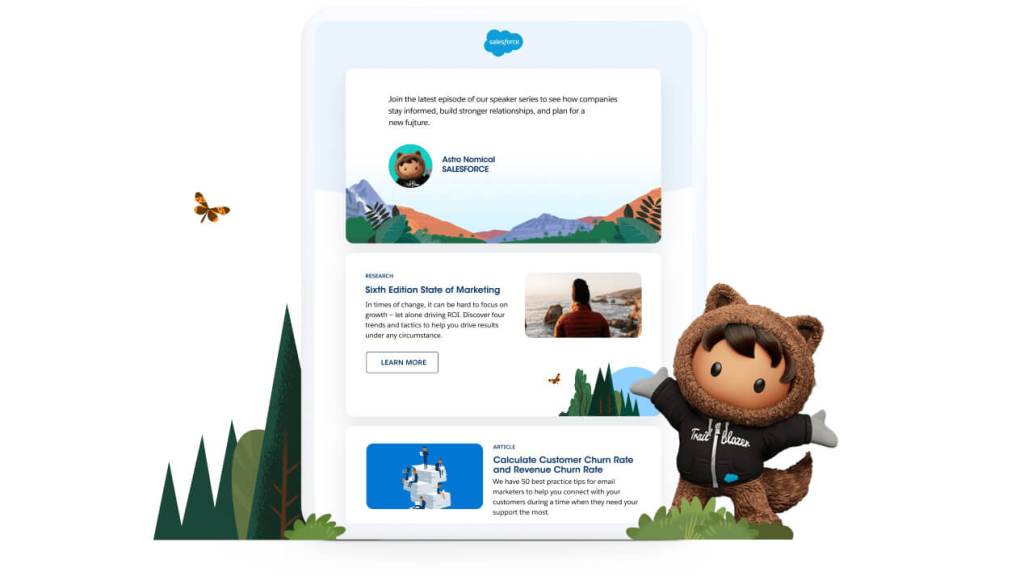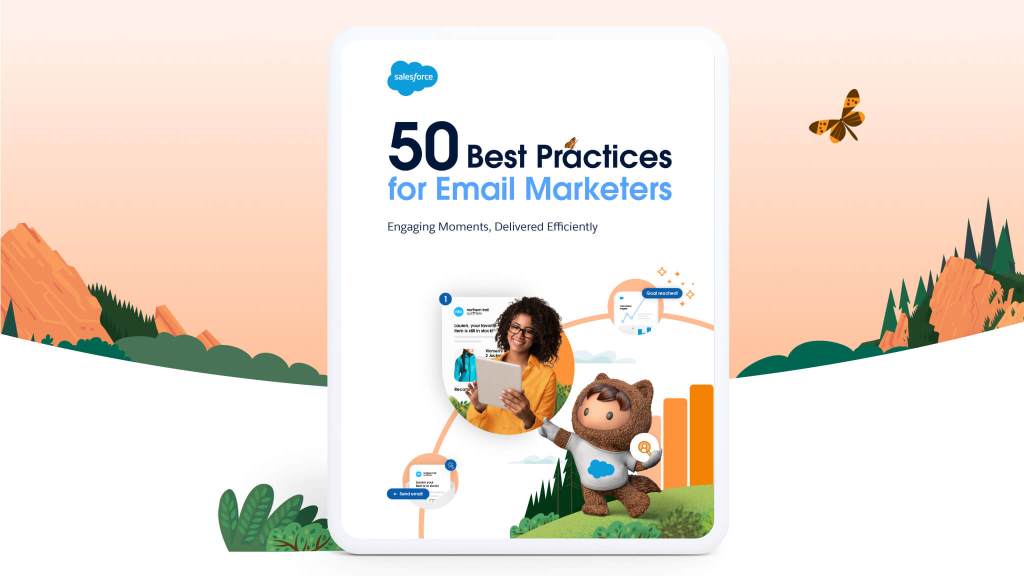



Marketing automation defined
With marketing automation, businesses can target customers with automated messages across email, web, social, and text. Messages are sent by the technology, according to sets of instructions called workflows. Workflows may be defined by templates, custom-built from scratch, or modified mid-campaign to achieve better results.
Marketing and sales departments use marketing automation solutions to automate online marketing campaigns and sales activities to both increase revenue and maximize efficiency. When automation is used effectively to handle repetitive tasks, employees are free to tackle higher-order problems, and human error is reduced.
Marketing automation helps with lead generation, nurturing, and scoring and with measuring overall ROI on campaigns. The time and cost-saving effects of automation increase as an organization grows in size and complexity. Good marketing automation systems are designed to scale alongside your business.
What does marketing automation do?
In its most basic form, marketing automation is a set of tools designed to streamline and simplify some of the most time-consuming responsibilities of the modern marketing and sales roles. From automating the lead qualification process to creating a hub for digital campaign creation, automation is all about simplifying a business world that is growing far too complex, much too quickly.
Marketing automation lets you implement a digital marketing strategy without having to manually press “send” on each and every email, message, campaign, or post you create. Good automation tools help you identify your audience, design the right content, and automatically trigger actions based on schedules and customer behavior. Once your campaign rolls out, you can focus on other tasks, then analyze and tweak your marketing plan as results start coming in. An automated marketing strategy can save time and resources, driving revenue and ROI while you focus on growing your business.
How does marketing automation work?
You collect customer data through many interactions, such as emails, website visits, app usage, social media posts, and so on. This data helps create a 360-degree view of each customer.
From there, marketing automation does all the work by streamlining segmentation and targeting processes to determine the right audiences, quickly and at scale. Tailoring messaging to each customer automatically based on their profile. Creating relevant and personalized messaging across email, mobile, social, web experiences, and beyond with a few simple clicks. Delivering personalized experiences for your customers, whether you have 100 or 100 million, efficiently and effectively.
Imagine a marketer is hosting a webinar to showcase your product or service. Here’s how marketing automation steps in:
- Invitation Email: You send an email inviting new leads to the webinar.
- Form Submission: Leads fill out a form to RSVP for the webinar. The automation tool adds them to a special email list.
- Nurture Campaign: Everyone on that list receives a series of automated emails—first, a thank-you email for attending the webinar. Then, a few days later, they get a link to download a related case study.
Sales Handoff: When leads download the case study, they’re automatically passed to your sales team for follow-up. These leads are more qualified, further down the marketing funnel, and closer to making a purchase decision.
Marketing automation and the customer journey
Customer journeys are the sum of individual personalized experiences with your brand. With marketing automation, you can tailor every interaction based on customer data to create ongoing, seamless journeys through every brand touchpoint.
Marketing automation creates relevant content and messaging at scale across many channels. Send email messages with dynamic content that personalizes far beyond sticking a customer’s first name in the subject line. Integrate mobile messaging with your email and social campaigns through SMS/MMS, push notifications, and group messaging. Generate digital ads that appear for the right person at the right time. Plus, recommend the right products on your website for each individual user — automatically.
With marketing automation, you can reach customers along their journey no matter where they are in the customer lifecycle — from acquisition to advocacy. Deliver timely, relevant content that reaches customers when, where, and how they prefer — converting prospects into lifelong brand advocates.
Marketing automation best practices
Marketing automation isn't a magic fix for everything, but if you use it well, it can boost your prospect and customer engagement strategy to drive increased revenue. Here are some best practices to keep in mind when designing your marketing automation strategy:
- Define and present your goals. Use real numbers to justify the investment in a marketing automation platform to your stakeholders.
- Collaborate with other teams. Your marketing automation strategy will touch several teams in your company. Get their input and buy-in before you begin.
- Create process visualizations. Use detailed diagrams of your marketing automation workflow to relay your big-picture objectives to your entire organization — efficiently and effectively.
- Prepare for database segmentation. Consider your customer data. Consider who you’d like to engage and why.
- Prepare your content strategy. Build your content library. Create interesting, engaging, and relevant messaging designed to reach all stages of the customer lifecycle.
- Plan for a slow rollout. The world’s most successful marketing automation firms stagger their launches. Test early and optimize the next block of programs to give yourself the best chance of success.
- Analyze as you go. See what’s working and what’s not. Use some of the time you get back from automation to dig into the analytics and make the changes that will grow your business.

Marketing Automation & Your CRM: Better Together
Learn the benefits of having Marketing Automation and CRM as a unified platform in this e-book.
Is marketing automation easy to use?
Yes! Marketing automation is all about ease of use. You can create campaigns with a single click and control all aspects of your digital marketing strategy in one place with:
- Intuitive Interfaces: Most marketing automation platforms prioritize user-friendly interfaces. They aim to make it straightforward for marketers to navigate and set up campaigns. Whether you’re creating email workflows, segmenting audiences, or setting up triggers, the goal is to minimize complexity.
- Drag-and-Drop Functionality: The mention of “drag-and-drop functionality” in your initial passage is significant. Imagine building a campaign by simply dragging elements onto a canvas. This visual approach simplifies the process, especially for those who may not have extensive technical skills.
- Unified Platforms: Marketing automation tools often consolidate various functions into a single platform. Instead of juggling multiple tools, marketers can manage everything from one place. This streamlines workflows and reduces the learning curve.
- Templates and Pre-Built Workflows: Many platforms offer pre-designed templates and workflows. Marketers can choose from these templates, customize them, and get started quickly. It’s like having a head start without reinventing the wheel.
- Automation Wizards: These wizards guide users step-by-step through setting up automation rules. They break down complex tasks into manageable chunks, making it easier for marketers to configure rules, triggers, and actions.
- Responsive Support: Good marketing automation providers offer responsive customer support. Whether through chat, email, or documentation, having assistance readily available ensures that users can overcome any hurdles.
- Training Resources: Platforms often provide training materials, webinars, and documentation. These resources empower marketers to learn at their own pace and become proficient users.
- Integrated Analytics: Define goals and measure everything: click-through rates (CTRs), timing, channels, conversions, and more. Evaluate progress and optimize on the fly, from any device. Expand your view of customers beyond CRM into web analytics and ecommerce data.

Stay up to date on all things marketing.
Sign up for our monthly marketing newsletter to get the latest research, industry insights, and product news delivered straight to your inbox.




